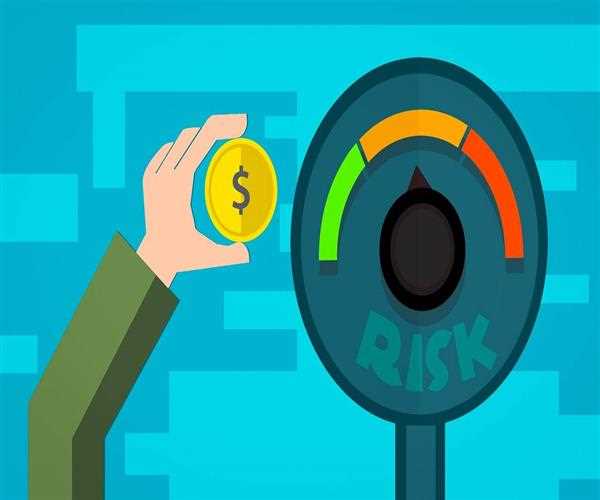IT risk management should be your organization's top priority. Client information, inventory, research and development, communications and payroll are only a few sensitive regions of your business' digital landscape. They are in need of protection against hackers, disgruntled former employees and other malicious actors. Not only your organization's assets but your organization's reputation depends on a solid risk management plan. More practically, your organization requires a proven risk management plan in order to prevent lawsuits and to stay within regulatory compliance.
What follows are ways your organization can identify its risk management needs along with several best practices to put in place to protect your business and its digital infrastructure.
What is IT risk management?
Cybersecurity is a catch-all phrase that includes various digital security measures from firewalls to authenticated password recovery and authorized access. IT risk management is a form of cybersecurity, but it is far more focused on the role played by human decision-makers. Human decision-makers use data and other tools to incorporate a risk plan into all areas of a business's operations. The plan itself requires a greater degree of technological sophistication than cyber insurance policies and cybersecurity protection. In addition to asset protection, a comprehensive risk management plan assesses the impact an IT breach can have on liability, productivity, injury and talent loss.
Elements of a risk management plan
Risk management plans focus on the minimal amount of acceptable risk for a business, on ways to mitigate that risk and plans for immediate risk recovery. A risk management plan includes several steps:
● Identify risk
● Assess risk
● Mitigate risk
● Monitor and review
Ways businesses can improve their risk management
Risk identification is the first crucial step businesses need to take when implementing a risk management plan. A simple start is to ask key members of your organization a series of what-ifs:
● What if the mainframe is hacked?
● What if the IT department loses its supervisor?
● What if the cloud hosting provider is compromised?
There are other questions, but the key here is to ask questions that cover personnel, data storage, hardware and communications. Stay focused on identifying risks by sticking to what-if questions, reviewing old incidents and looking over client, customer or staff IT complaints. In addition, track third-party IT vendors and certificates and look at every single business function through the lens of IT risk.
The difference between risk identification and risk assessment
Once you have completed the what-ifs and the reviews, you can finally start assessing the amount of risk your organization can accept. This is usually thought of in terms of finances, but also consider the business' reputation, liability and any fines or penalties that can be accrued due to compliance issues should a risk become realized. Once risk has been assessed and the amount of risk that can be allowed is determined, you can begin creating and implementing a plan.
Risk management strategies and best practices
Plans will vary according to the organization's accepted risk and the results of its risk identification audit. However, many organizations have found the following practices and strategies to be highly effective across the board:
● Avoiding risk by implementing new tools, software or business practices
● Transferring risk by contracting the most risk-producing processes to better equipped third parties
● Reduce the risk by implementing employee and staff security training, documenting high-risk procedures, creating a document recovery contingency plan
Plan for the future by looking at the present
The final stage in a risk management plan is monitoring and evaluation. Remember that a risk management plan is a living plan. As new equipment is adopted and as business procedures evolve, your IT team and executives must continuously monitor existing protocols to ensure their relevance and efficacy. Your human resources department may need to review hiring policies and to create clear lines of communication with IT that ensure former employees no longer have access to sensitive materials or email accounts. You may consider scheduling bi-yearly or monthly risk organization-wide reviews to find out what is working and what needs to be updated and changed.




Leave Comment